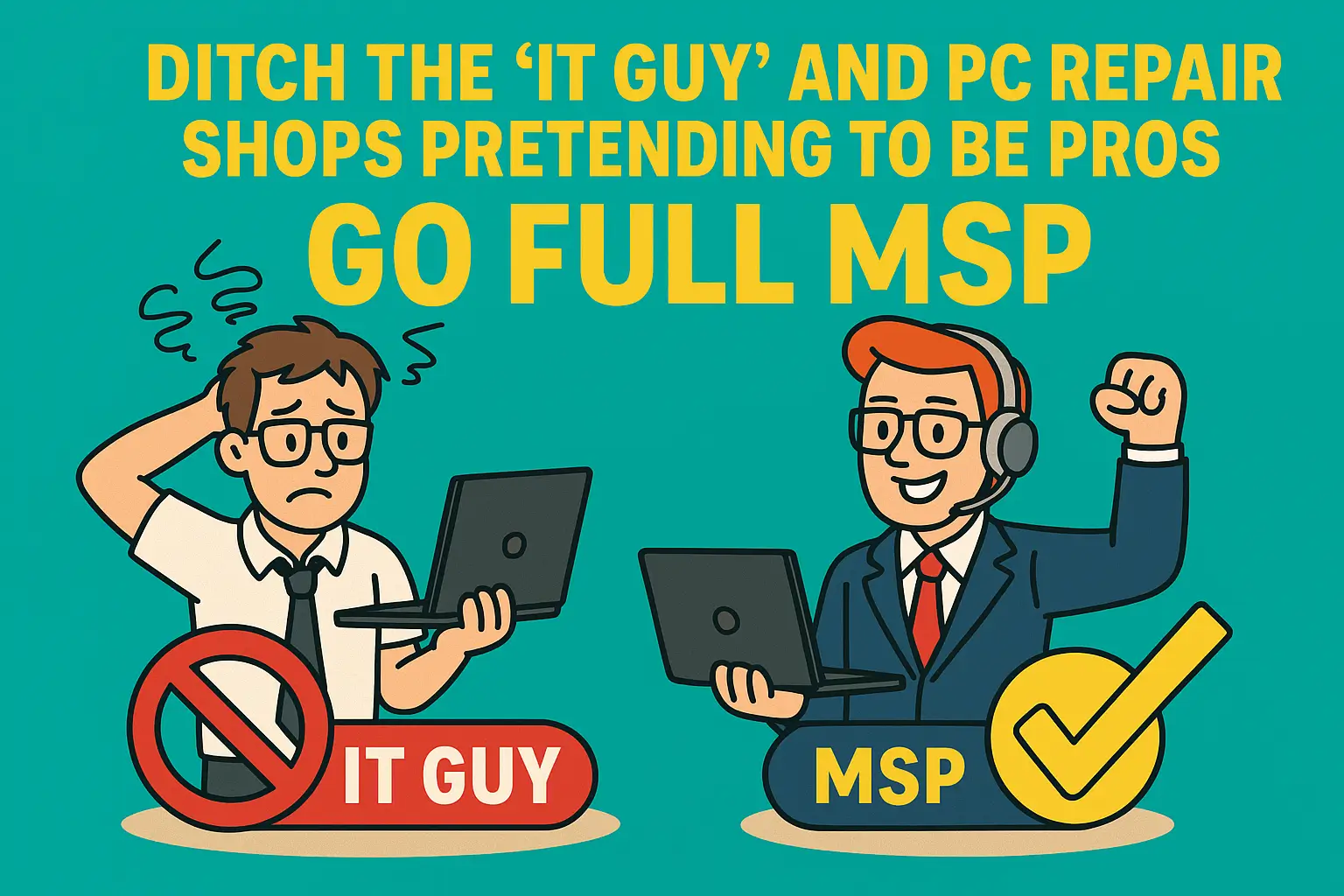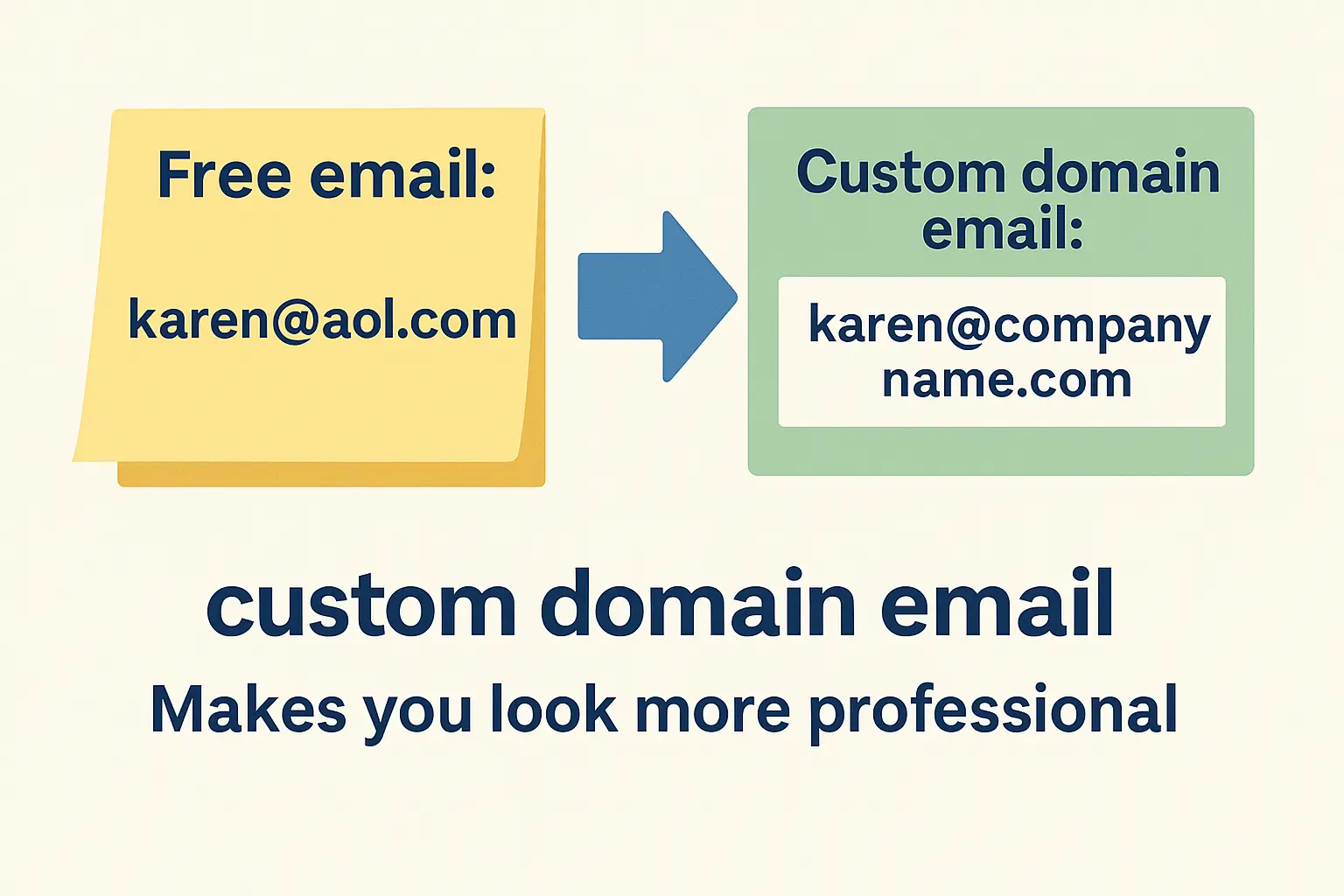As both a dance enthusiast and the owner of an MSP (Managed Service Provider), I’ve discovered unexpected parallels between these seemingly unrelated worlds. My recent experience comparing two radically different dance competition pricing models revealed valuable insights about business strategies that apply across industries.
The Tale of Two Studios
Recently, I faced a choice between two dance competitions:
Option 1: The Well-Known Brand (Fred Astaire)
- Competition package starting at $4,000
- Entry fees around $135 per dance
- Total cost for 12 dances: approximately $6,000 (not including travel)
- Closed ecosystem – only available to their students
- Premium presentation and atmosphere
- Additional charges for routine modifications ($375 coaching sessions)
Option 2: The Independent Studio
- Base package starting at $600
- More flexible pricing structure
- Total cost for 30 dances over nearly a week in Hawaii: approximately $6,000 (including travel)
- Open competition – available to anyone
- More casual atmosphere
- Routine changes included in regular lesson pricing
Business Insights Every Small Business Owner Should Consider
1. Brand Name Markup vs. Actual Value
The “premium” studio is charging significantly above industry standards primarily because of their brand name recognition, not necessarily because they deliver proportionally better value. It’s similar to luxury brands like Jimmy Choo shoes – you’re often paying multiples more for the name rather than multiples more in quality.
What This Means For Your Business: Be wary of competitors who charge premium prices based primarily on brand recognition rather than substantive value differences. Conversely, this creates opportunity for businesses that can deliver equal or better quality at more reasonable prices.
2. Closed vs. Open Ecosystems
The well-known studio operates in a closed ecosystem (competitions only for their students), while the independent offers an open model (anyone can participate). The closed system can actually serve as a better stepping stone for introverts or beginners by providing a more controlled, welcoming environment.
What This Means For Your Business: Different ecosystem models serve different customer needs. Closed systems can create comfort for newcomers and reduce intimidation factors, while open systems typically offer more growth opportunities and diverse challenges. The key is recognizing which model best serves your specific customer base at their particular stage.
3. Transparency Builds Trust
Despite the high prices, the premium studio maintained transparency in their pricing structure, which builds trust even when customers decide the value doesn’t align with their needs.
What This Means For Your Business: Customers appreciate clear pricing structures, even if your rates are higher than competitors. Unexplained costs damage relationships far more than premium pricing.
4. The Gap Between Price and Value
My personal experience mirrors what many consumers discover across industries – sometimes the most expensive option isn’t delivering proportionally better value. Like my $45 Whitin shoes outlasting $150 Salomons, or $40 Free Soldier boots outliving premium hiking brands, the correlation between price and quality often breaks down.
What This Means For Your Business: There’s significant opportunity in markets where established players charge premium prices primarily based on reputation rather than delivering proportional value. By focusing on actual performance metrics rather than perception, businesses can identify these gaps and position themselves advantageously.
How Our MSP Applies These Principles
At our MSP, we’ve chosen to position ourselves as a value-driven provider, offering services at $65 per user (compared to industry standards of $100-200). This approach allows us to:
- Serve underserved markets that might be priced out by premium providers
- Build long-term relationships based on value rather than exclusivity
- Grow organically through client satisfaction and referrals
However, like the independent dance studio, offering lower prices doesn’t mean delivering less value – it means being strategic about where we invest our resources and how we structure our services.
Finding Your Business’s Rhythm
Every business owner must decide whether to position as a premium provider (like Fred Astaire) or a value-oriented alternative (like the independent studio). Neither approach is inherently better – success depends on:
- Understanding your target customer’s priorities
- Delivering consistent value that aligns with your pricing
- Being transparent about what customers are paying for
- Creating systems that scale without compromising quality
Whether you’re teaching waltz or managing IT infrastructure, the fundamental principles remain: know your value, price accordingly, and deliver consistently.
How We Can Help
Our MSP specializes in helping small businesses find their ideal positioning through technology solutions that increase efficiency, enhance customer experience, and improve profitability. By implementing the right tools and systems, you can deliver premium-quality service without premium-level overhead.
Ready to find your business’s perfect rhythm? Let’s talk about how technology can help you dance circles around your competition.
PS. If you want to see me Dance, you can follow us on Instagram. @expphoto
I do Waltz, Tango, Foxtrot, Viennese Waltz and Quickstep.





